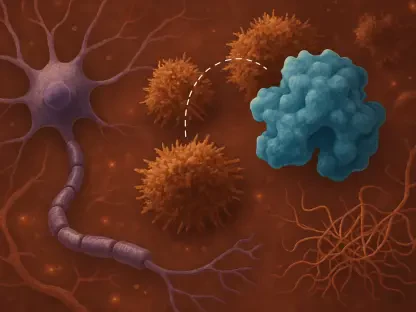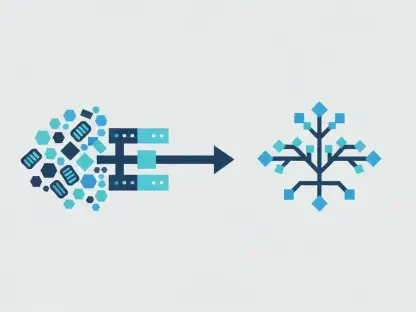What if the simple act of breathing could diagnose a deadly ailment in regions where methanol poisoning in tainted alcoholic beverages poses serious health risks? Methanol, a silent and often lethal contaminant, is frequently mistaken for ethanol. Unlike ethanol, which might cause short-lived dizziness, methanol can lead to blindness or even death, especially when consumed in impure alcoholic mixtures.
The Urgency Behind the Innovation
Methanol poisoning is not just a health scare—it’s a global crisis. The illicit production of alcohol often involves methanol due to its lower cost and similar physical properties to ethanol, making detection crucial. Many low-income areas lack the resources for effective diagnosis, relying on expensive and complex blood tests. An accessible, efficient solution is desperately needed, underscoring why the development of a novel sensor is so critical.
Breathalyzer Technology Reimagined
The cutting-edge methanol breathalyzer represents a technological breakthrough with a sensor designed using electrically conductive ink, incorporating a zirconium-based metal-organic framework (MOF) paired with graphene. This prototype demonstrates remarkable sensitivity, identifying methanol concentrations as low as 50 parts per billion, crucial numbers during methanol poisoning. Using machine learning algorithms, this device addresses one of the biggest technical challenges: distinguishing methanol from ethanol within a simulation of human breath.
Researchers Push the Envelope
Dusan Losic, a key figure in the development of this sensor, envisions transforming the way methanol poisoning is detected and treated. He states, “Our aim is to create a practical, affordable solution that saves lives.” The team’s dedication shines through in the experimental process—the creation of a stable and durable device that performs consistently across numerous tests. From initial design to overcoming the hurdles of differentiating substances in varied conditions, their commitment to refining the sensor is evident.
Putting Science to Work in the Real World
Steps toward enhancing sensor accuracy involve overcoming challenges like ambient humidity interference, a critical aspect of improving real-world applicability. By integrating statistical analysis and machine learning, researchers aim to fine-tune the device’s ability to distinguish between harmful methanol and relatively benign ethanol. A framework for widespread deployment ensures this technology meets community needs, emphasizing ease of use and accessibility in diverse environments.
Charting the Path Forward
As research progressed, the sensor displayed promise in contributing to health safety, requiring future work to address environmental factors enabling market readiness. The trajectory of these developments pointed to a shift in health technologies intersecting with artificial intelligence, offering new solutions to age-old problems. The campaign for effective diagnostic tools resonated with global health initiatives, propelling new standards in alcohol regulation and safety protocols.
In essence, by championing innovation and collaboration, the methanol breathalyzer advanced the pursuit of practical applications for pressing public health issues. Researchers and policymakers recognized the potential of this technological advancement, fostering a dialogue about deploying such innovations to protect communities from the dangers of methanol poisoning.









